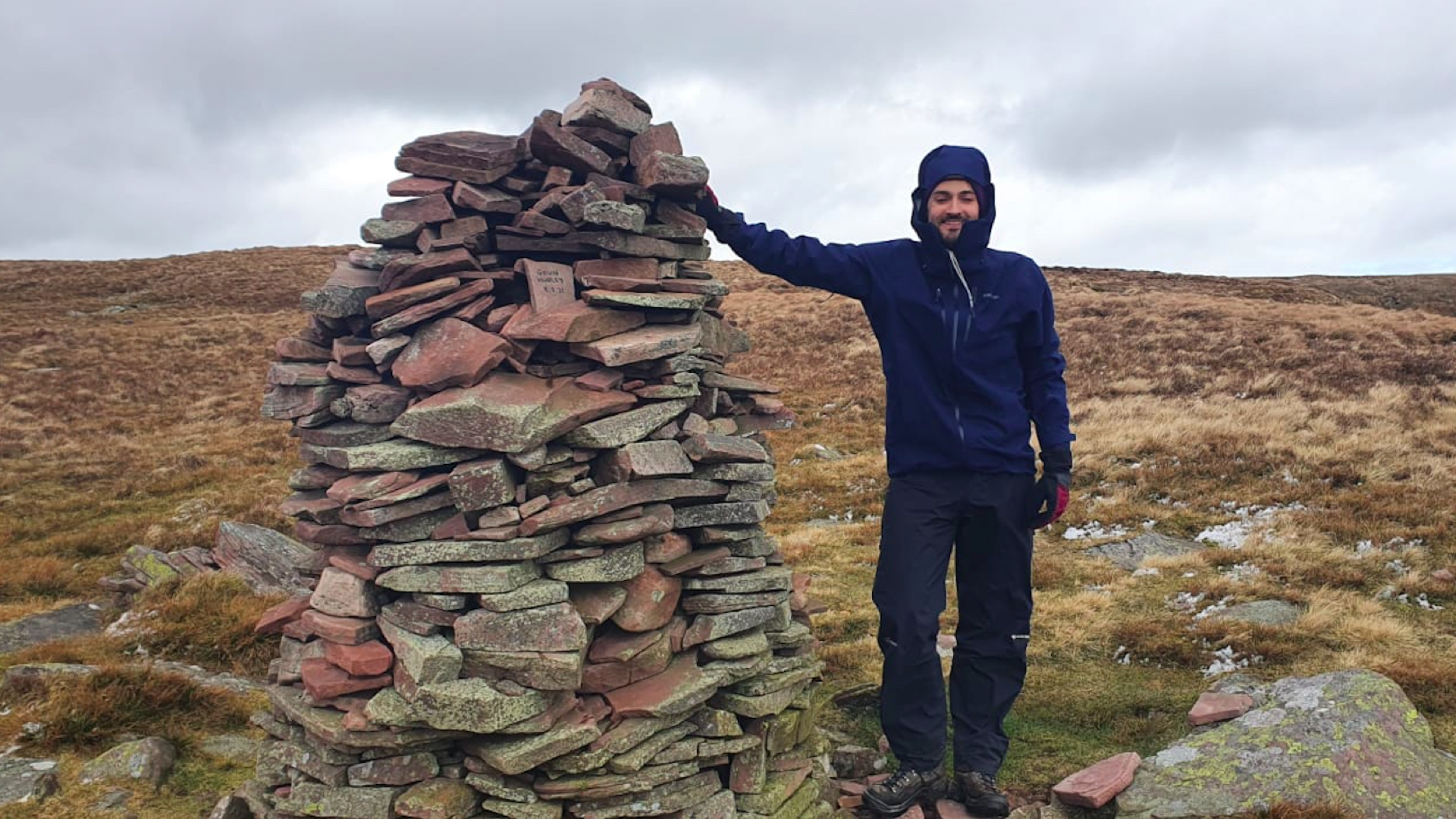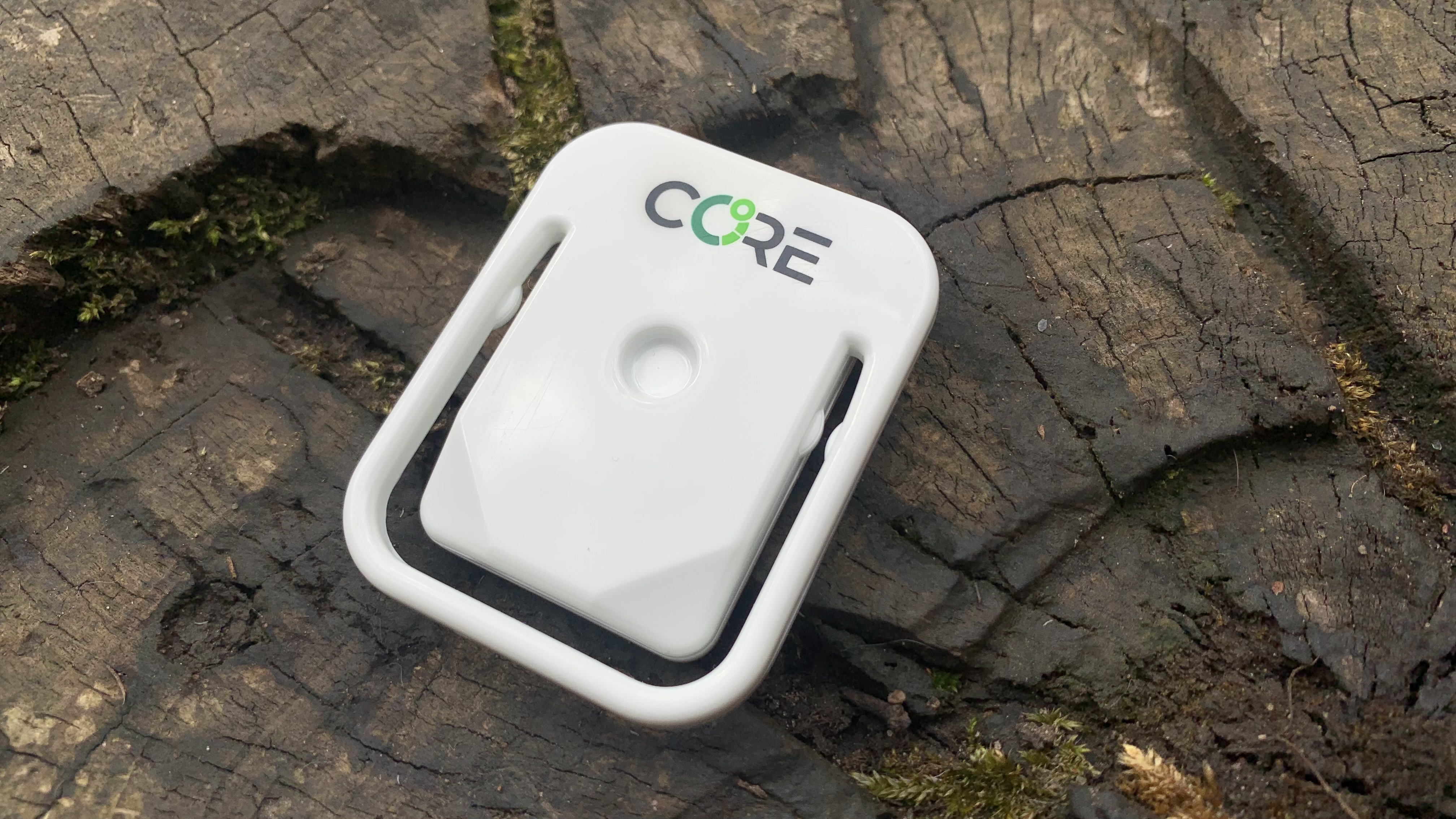Advnture Verdict
An ultra hard-wearing hardshell, the Patagonia Triolet is a good-looking yet functional jacket that can hold off the very worst of the weather.
Pros
- +
Reliably water and windproof
- +
Built-in RECCO Reflector
- +
Looks good enough to wear casually
- +
Eco-friendly manufacturing practices
Cons
- -
Not the lightest
- -
Hood can let in some water in heavy rain
- -
Expensive
You can trust Advnture
Patagonia Men’s Triolet: first impressions
The Patagonia Men’s Triolet is a heavy-duty, triple-layer Gore-Tex workhorse. But is it up there with the best waterproof jackets currently available? It’s rugged, thick and feels practically impenetrable – and it gives you some serious confidence when adventuring in bad weather.
• List price: $399 (US) / £350 (UK)
• Weight: Men’s medium: 19.4oz / 550g
• Sizes: Men’s and Women’s: XS-XL
• Fabric: three-layer, 5oz 75-denier 100% recycled polyester plain-weave Gore-Tex shell with a DWR (durable water repellent) finish
• Colors: Men’s: Plume Gray / Black / Classic Navy / Cabin Gold / Wax Red; Women’s: Fresh Teal / Rosehip / Current Blue / Black
This confidence comes at a premium, however. At $399 (£350), not only is the Triolet pricey, but it’s heavy too – weighing in almost as much as some one-person tents. In size small, the jacket tips the scales at 19.4oz (550g), which puts it way outside the realm of ultralight or lightweight. But, if you encounter bad weather high up in the mountains, this jacket is worth its weight in gold (which according to today’s market rate, is around $30,000…).
The jacket comes with two generous hand warmer pockets, two large chest pockets (with watertight zips) and a large inner stash pouch for carrying gloves, maps or anything else you want to keep out of the weather. It also features a dual adjustment hem cord that can be pulled tight from inside the pockets themselves, as well as a fully adjustable helmet-compatible hood with a built-in brim to keep the rain off your face. Moreover, it also comes with two huge pit zips that let you dump heat while keeping dry, and features a built-in RECCO reflector in the neck.
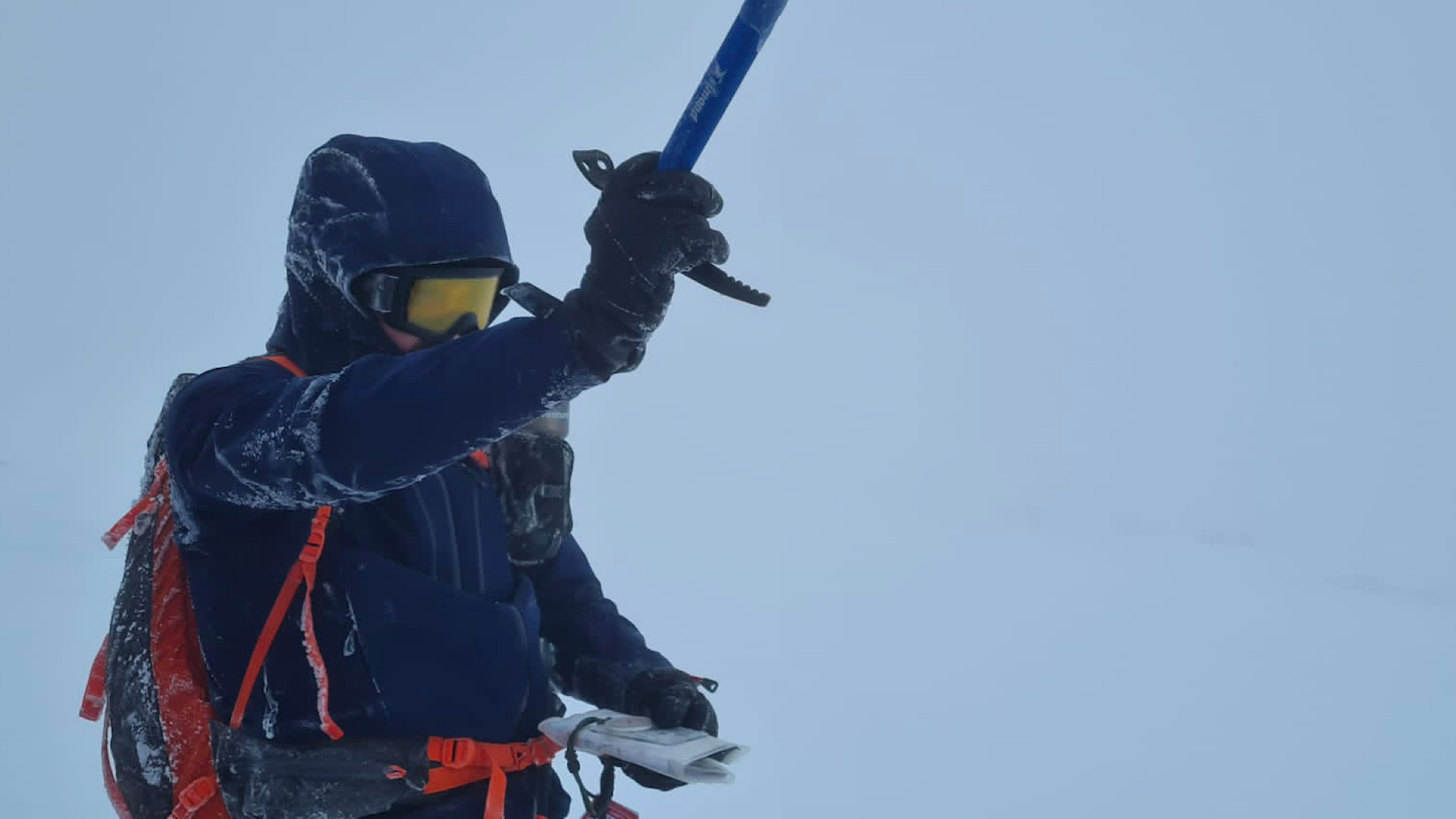
Patagonia Men’s Triolet: on the trails
Patagonia market the Triolet as somewhat of an all-rounder. They sing its praises as a ski touring or snowboarding jacket, as a high-alpine mountaineering hardshell, or as a reliable waterproof layer to keep you dry in backcountry storms. And in my experience, that kind of nails it: it’s good at everything.
Despite being heavy, it’s still light enough to take on practically any adventure and can easily be tossed in your pack (or strapped to the outside). It’s also surprisingly breathable, keeping me dry from both the rain and sweat on various climbs, skiing trips and even several trail runs over the years. Would I use it for super high-intensity activity, like road cycling or fastpacking? Probably not (though I have). But the Triolet excels at any activities that require a more rugged hardshell.
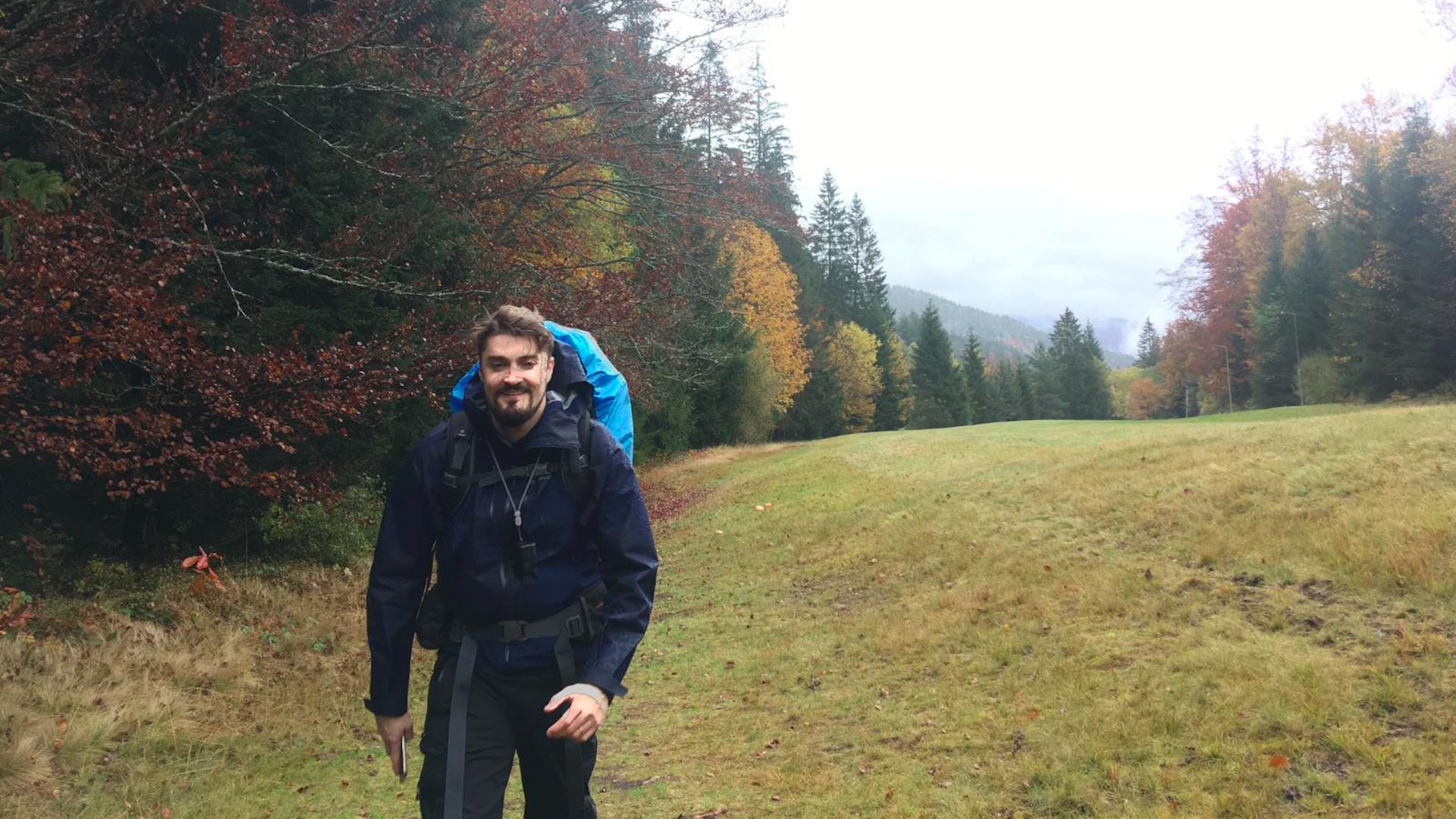
It’s also reliably weatherproof: The jacket easily keeps the wind and the rain out, with it never failing or leaking once in all the years I’ve worn it. Being made from heavy-duty, tripe-layered Gore-Tex fabrics, you also don’t need to worry too much about wear and tear. Jackets made from Gore-Tex Paclite or Gore-Tex Active are known to become damaged if worn under heavy packs, especially under the shoulder straps and along contact points at the back. But the Triolet is a beast: You can don a heavy 90-liter backpack and head out for a week-long snowshoe escapade in this thing, and the jacket will look (and work) just as good at the end of the trip as it did at the beginning.
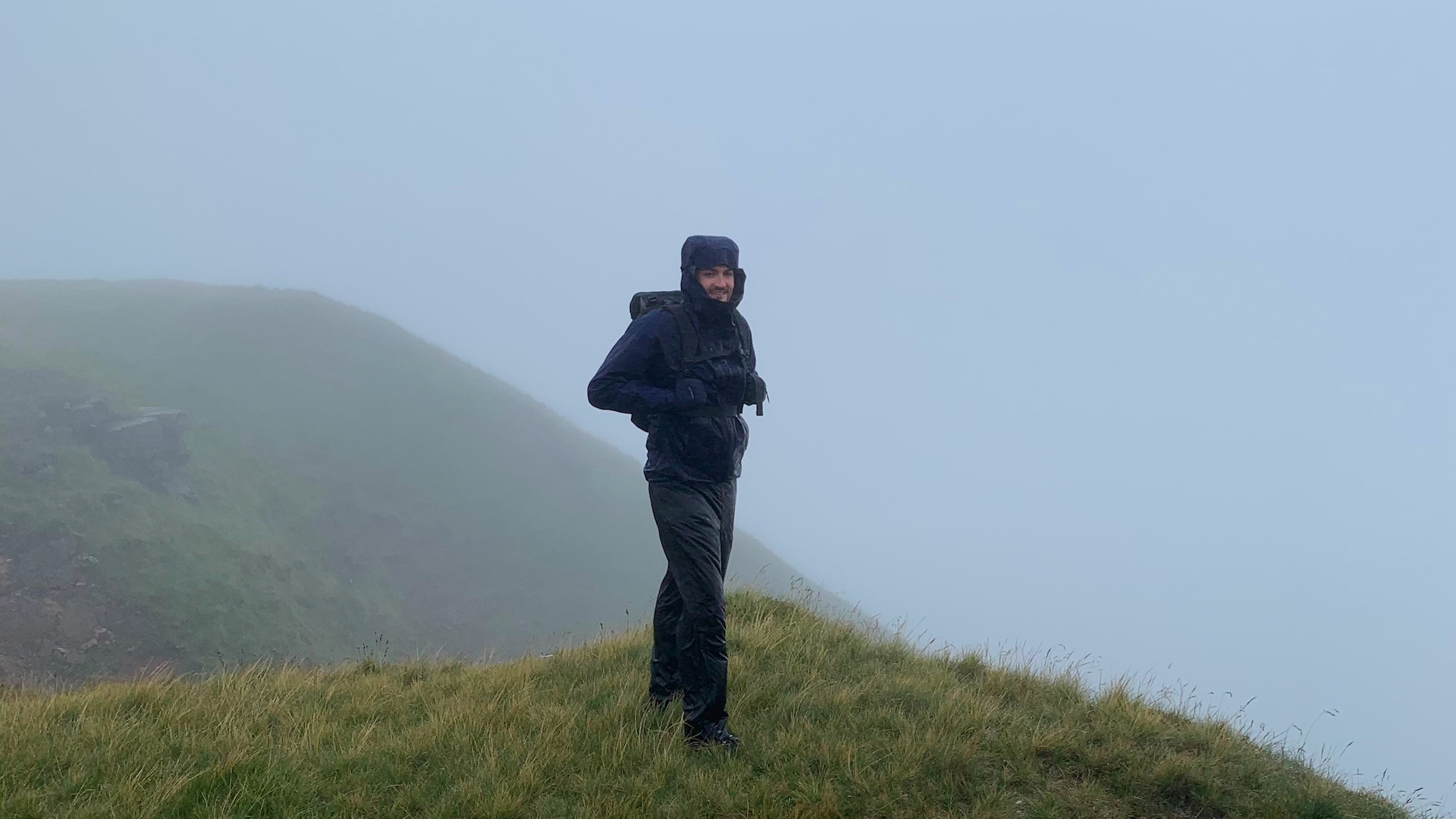
Being good at everything does come with some drawbacks, however. It means it isn’t market-leading at any particular sport. For me, this has never been a problem. I’d rather have one coat I know I can always rely on than have to purchase multiple jackets for different uses. But if having the best-performing hardshell for every version of adventure is important to you, the Triolet may not be the best choice.
So what are the drawbacks? First of all, the hood. It’s been designed to synch tightly around both your head and a climbing helmet. And it does so comfortably. When you’re not wearing a helmet, however, the sides of the hood tend to flay out after being synched down over your head. In my experience, this can result in rain seeping into the neck in heavy downpours if you don’t constantly adjust it.
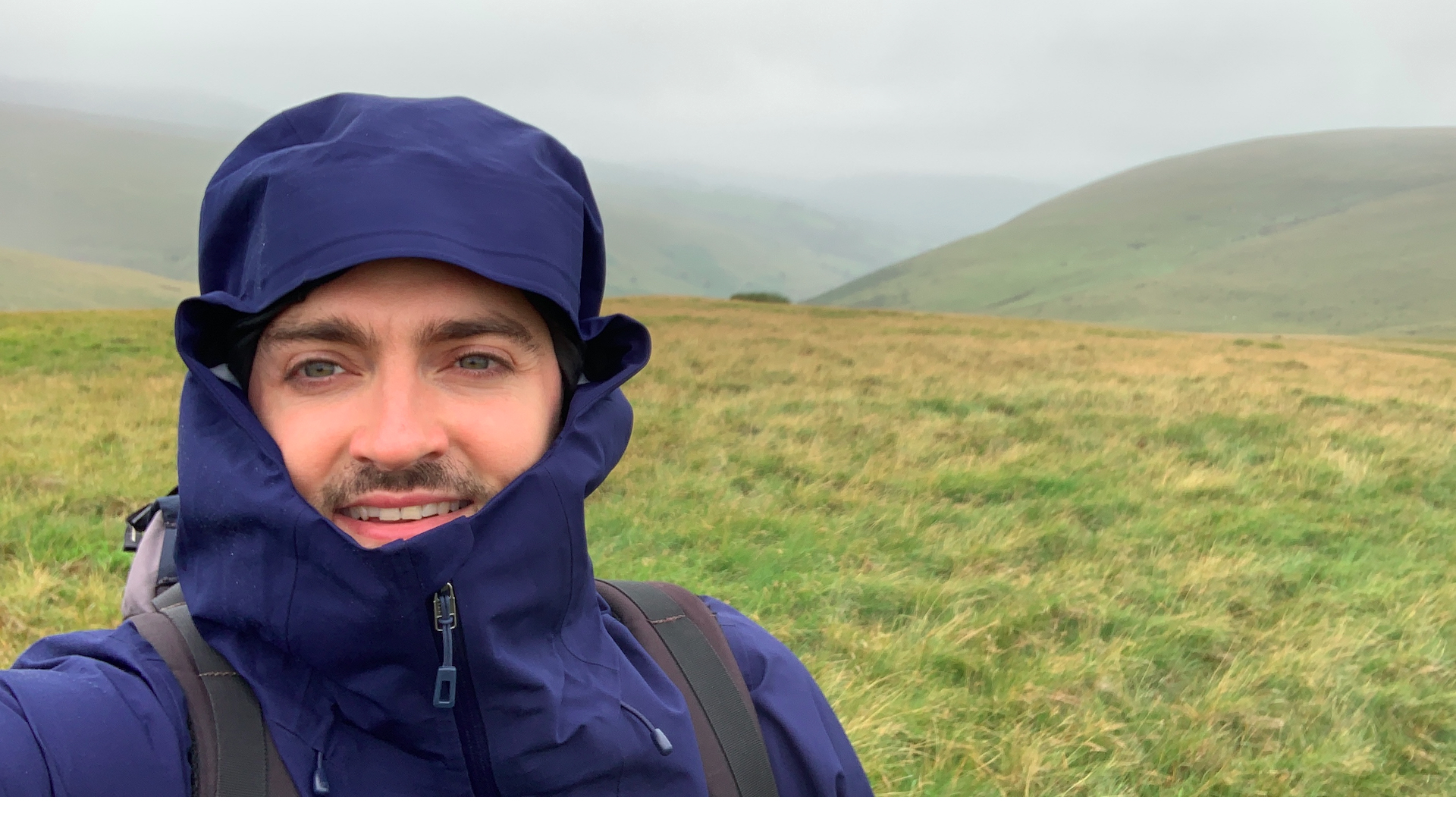
Additionally, the jacket is a fairly wide fit, much more so than similar jackets at this price point, such as the Arc’Teryx Beta LT. This can be a benefit when wearing it over multiple layers in the coldest temperatures. But even when the temperature drops below freezing, you’re probably not going to wear more than one or two mid-layers under this thing (especially while moving), which means it still feels a little baggy around the mid-riff when you’re fully layered up.
Finally, I find that the wide cuff adjusters on the wrists don’t synch down as tightly around gloves as in other models (again, the Arc’Teryx Beta LT is a good example here, coming with thinner cuff adjustors that grip the sleeve of your glove and keep everything in place for longer). They still do a great job of keeping your sleeve synched down tight over your wrists, but you inevitably need to adjust this from time to time, which is tricky to do when wearing thick winter mountaineering gloves.
Growing up just south of the glorious Brecon Beacons National Park, Craig spent his childhood walking uphill. As he got older, the hills got bigger, and his passion for spending quality time in the great outdoors only grew - falling in love with wild camping, long-distance hiking, bikepacking and fastpacking. Having recently returned to the UK after almost a decade in Germany, he now focuses on regular micro-adventures in nearby Snowdonia and the Brecon Beacons, as well as frequent trips to the Alps and beyond. You can follow his adventures over on komoot.
